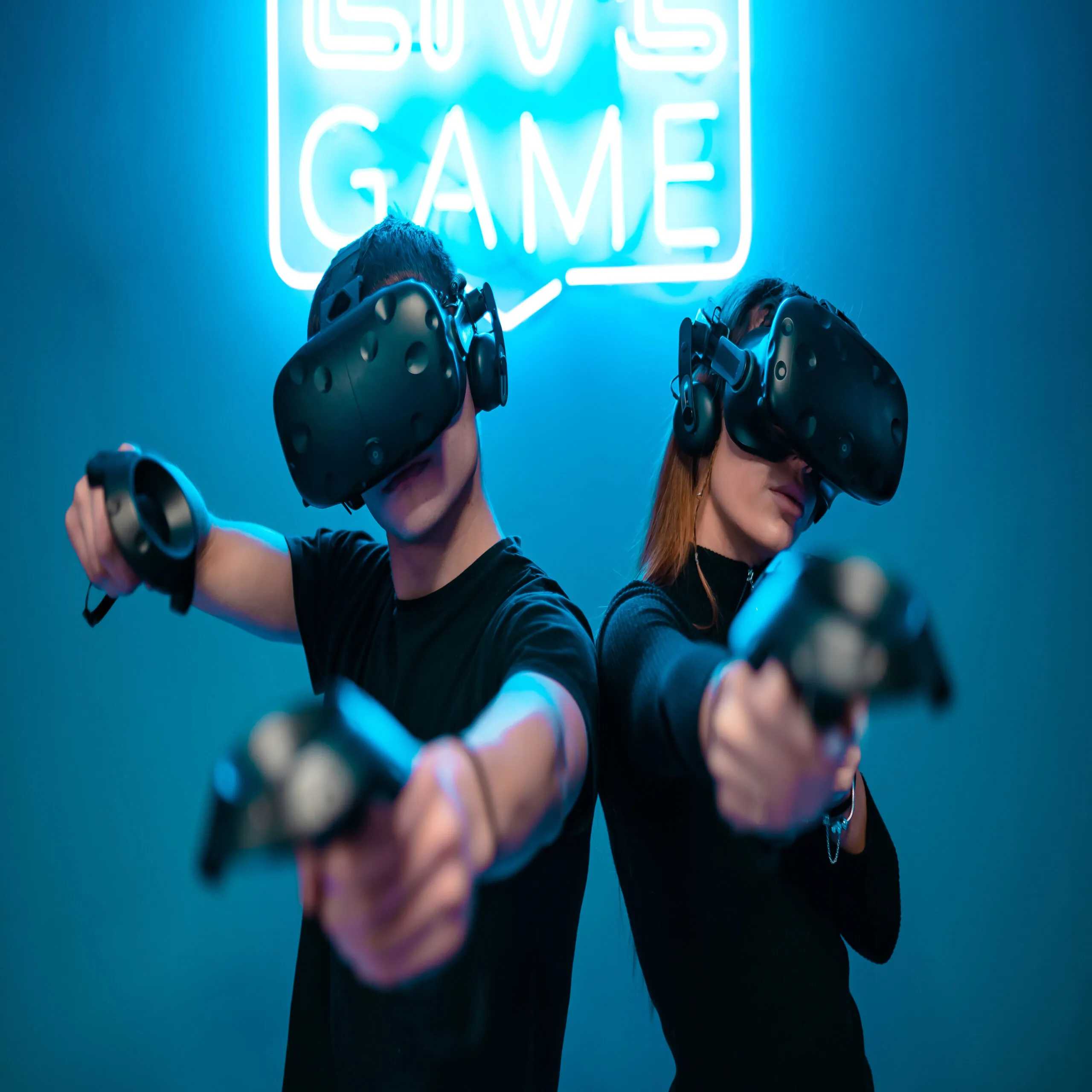Gaming has advanced well beyond basic entertainment, transforming into a multisensory experience that immerses players at levels once considered impossible. Developers tackle the challenge of enhancing immersion through innovative technologies that change how people engage with games.
Today, players seek more than passive gameplay; they desire environments that are dynamic, responsive, and lively. Turn your next night out into a fun and competitive adventure by exploring how gaming technology enhances immersive experiences.
Advances in Virtual Reality (VR)
Virtual reality transports players directly into immersive game worlds through headsets that create a 360-degree environment. This technology allows players to interact seamlessly with their surroundings and truly feel like they are part of the virtual world, offering an unmatched experience.
Recent improvements in hand-tracking technology and wireless mobility have broken down the barriers that used to limit freedom, making it easier and more natural to move around. Meanwhile, higher screen resolutions have made visuals more lifelike and captivating.
Realistic Audio for Environmental Engagement
Enhanced audio engines push boundaries, providing players with hyper-realistic soundscapes. Spatial sound technology replicates how people hear in real life, capturing the direction and distance of sounds.
This means footsteps behind you in a stealth game or the roar of an oncoming car in a racing simulation can influence decisions and gameplay. These auditory improvements refine how players perceive their in-game environments, making them more aware and connected to the virtual world.
Haptic Feedback Reimagines Touch
Game controllers, gear, and new hardware integrate haptic feedback to deliver precise sensations that mimic real-world actions. For example, you feel the roaring engine in your palms during a racing experience or the tension of a bowstring in an action game. Haptics bridges the gap between seeing and physically experiencing, providing gameplay with a tactile dimension.
AI-Driven NPCs for Real Interaction
Artificial intelligence now plays a central role in how players interact with gaming environments and non-playable characters (NPCs). Today’s AI can simulate human behavior, creating NPCs that adapt to your strategies and actions.
These advancements shift NPCs from predictable obstacles to dynamic characters, enhancing storylines and increasing replay value. AI technology ensures no two playthroughs feel the same, elevating storytelling and interaction.
Motion Tracking Breaks the Fourth Wall
Motion tracking evolves gaming by enabling gesture-based controls, removing reliance on a traditional controller. This technology mirrors a player’s movements in real-time, making their actions a natural extension of the gameplay.
Activities like dancing, fighting, or even swinging a virtual golf club in games such as Angry Golf are an immersive golf game that’s perfect for team bonding and family fun. It feels organic, heightening player connection to the action on screen.
How gaming tech brings immersion to the next level is an ongoing testament to the industry’s commitment to innovation. Whether leveraging advanced visuals, lifelike auditory details, or realistic physical sensations, developers continue reshaping how players explore digital worlds.
![VannDigital.com (2022) [Light Banner-Viral Pro]](https://static.vanndigital.com/q:i/r:0/wp:1/w:1/u:https://www.vanndigital.com/wp-content/uploads/vanndigitalcom-2022-light-banner-viral-pro.png)
